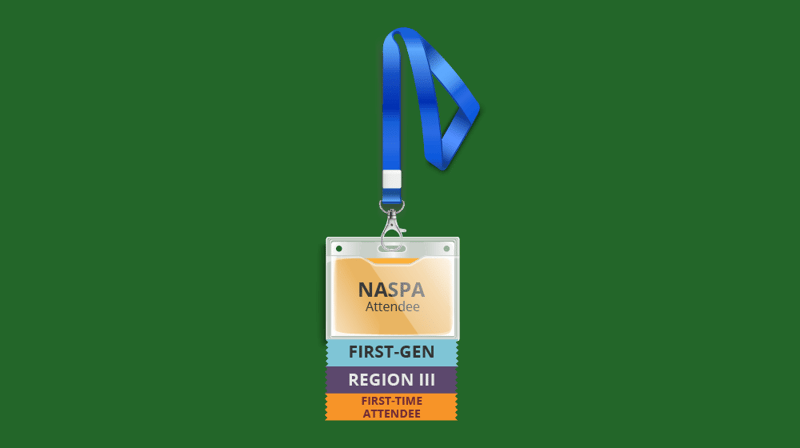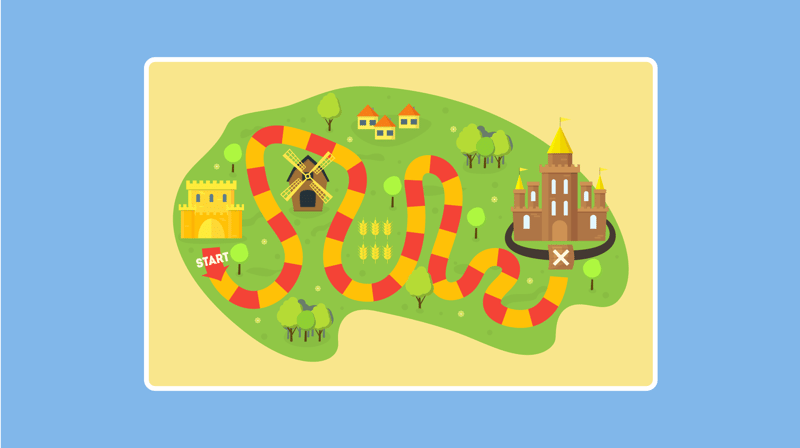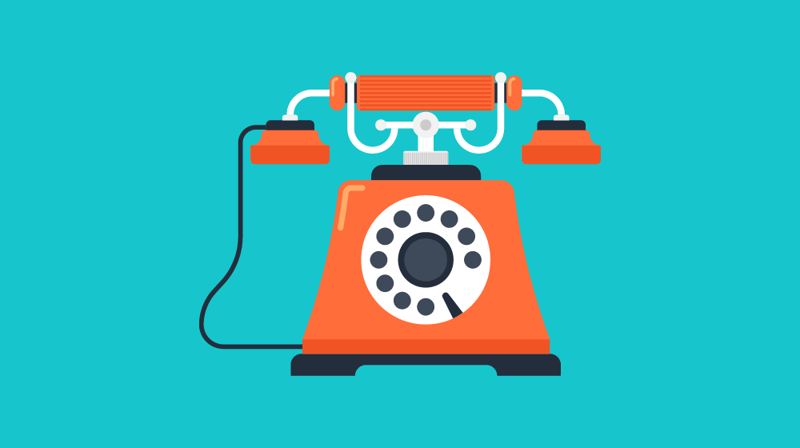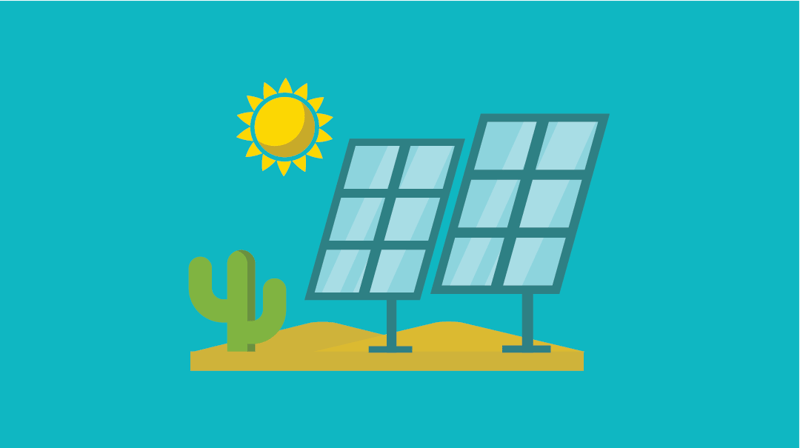Edited for 2023
To misquote Ned Stark: “NASPA is coming.”
Are you ready for this year’s conference? Having a good NASPA experience requires more than just showing up. There are many presentations to see, lessons to learn, and people to meet. It’s wonderful but can also be overwhelming.
So, how do you achieve that delicate balance of making the most of the opportunities available, while staying energized and optimistic? Here are our top tips.
Before the Conference
Rockin’ the NASPA game shouldn’t just start at the conference itself; to truly excel, you need to do some prep work.
1. Download the app
The My NASPA App is free, easy, and a must for navigating the conference.
Downloading it at least a few days before you head out to Boston will help you in preparing for the conference in the other ways below.
2. Plan out your schedule
Using the app, browse through all the sessions on this year’s schedule. This will help you come up with a game plan for tackling each day.
You can start by bookmarking or writing down all the sessions that interest you based on gut instinct.

Next, narrow down your choices by looking for repetition. Cross off sessions from your to-attend list that tread on the same topics.
You can also be intentional about attending a variety of sessions within each of the following categories:
- Sessions that reinforce concepts and skills you already know: These sessions will help you stay up-to-date on the latest trends and best practices. You'll also meet like-minded professionals who can challenge you to perfect your skills further.
- Sessions that speak to your most pressing concerns, challenges, and goals: These sessions will give you tangible ideas to back to campus and implement.
- Sessions that address concerns, challenges, and goals that you may have in the future: Such sessions can help you stay vigilant and ready to tackle the toughest issues, using strategies already deployed by similar institutions.
But don’t narrow down your to-attend list too much! Highlighting two or three sessions per time slot will grant you flexibility. If, for example, any of your sessions are canceled, full, located too far or you simply lose interest, you’ll have backup options ready.
Researchers presenters can also help. Perhaps one works at an institution you admire or has a job title you inspire to have someday, which would make them a great networking connection. It would also be nice to support a presenter who works at a neighboring institution that you’d like to partner with.
As for friends who are presenting, only attend their session if there isn’t anything else during that time that you don’t want to miss. Your friend would surely appreciate the support, but it’s ok to be a bit selfish here. You (or your institution) paid for NASPA and you’re there to learn; a good friend will understand. Plus, they can always give you their slides, notes and sage advice later.
3. Research who else will be there
You’ll meet plenty of people simply by wandering around and having the gusto to introduce yourself.
But you can also be strategic about whom you'll encounter.
Here are some things you consider doing:
- Connect with existing contacts — perhaps a former grad school classmate or colleague or a LinkedIn connection whom you haven't yet met IRL. Before the conference, consider asking “who else is attending NASPA this year?” on social media, or better yet, reaching out individually to people you hope to see. You can share preparation tips, set plans to meet during the conference or discuss goals you can help each other accomplish.
- Search for professionals who hold positions you aspire to have one day or who work for your dream employer. If they’re presenting at any point, plan to be at their session(s). Or, if you discover a mutual connection through social media, ask that connection to introduce you via email or LinkedIn. You could even reach out to your professional crush personally to express your excitement about having a chance to connect in person.

During the Conference
4. Get the lay of the land
Spoiler alert: The conference center is huge. You’ll likely get lost at some point — if you don’t take some time to get to know the space.
So take that time. Explore major hallways and event spaces when you first arrive. Locate the elevators, escalators and stairs. Then, when you eventually have to rush to find, say room 109B, within 10 minutes of leaving room 253C, you won’t have to rely on a map.
Be sure to also familiarize yourself with the locations of restrooms and snack hubs so that you can find those even when you’re pressed for time.
5. Visit the vendor hall
You might assume that heading into the vendor hall will be like answering the door to an overeager salesperson.
But it’s not like that at all. There’s value in the hall beyond purchasing new tools or signing contracts.
Vendor reps have valuable connections in the field. Many will even be former student affairs professionals themselves, who still feel deeply invested in student engagement and success — so much so that they’ve developed solutions to common industry challenges. Chatting with them can give you a fresh perspective on your everyday work.
Plus, some reps may live in areas where you hope to work someday and can tell you more about life there. Or perhaps you’ll meet a recent alum of your institution, who can give you new insight into students’ mindsets.
6. Try everything out
Speaking of vendors, if it’s your first time at NASPA, you’ll probably be surprised by some of the things you see.
The vendors won’t just sell T-shirts, software or textbooks. There are usually also companies selling furniture for residence halls, gym equipment for recreation centers, and vending machines for, well, really anywhere on campus.
Even if you have no purchasing power right now, you might someday. And when that time comes, you’ll be able to save the day by knowing the perfect vendor.

7. Attend evening socials
Are you ready to party?
Many institutions, conference sponsors, NASPA regions, knowledge communities and other groups host evening socials during NASPA.
These are fantastic networking opportunities, that also provide free food and allow you to sample the culture and social vibe of a group.
For some people, attending a social might seem as appealing as swimming in a shark-infested pool. But people tend to be extremely warm and welcoming at NASPA. They know that their fellow attendees are nervous and looking for connections.

If you’re still not convinced, come up with a strategy for how you’ll handle these social interactions. You can plan to attend with a buddy, either someone you already knew before the conference or another nervous (but brave) attendee you met earlier. (Remember to ask people you meet in the morning what they’re doing that night.)
Name badges can also help. Each person’s badge will list their institution and NASPA region. You can scout out people with whom you have things in common. You can, for example, express your admiration for an institution, share that you’ve visited their campus or say that you’ve always wanted to learn more about their region.
And don’t forget about the social’s host. Evening socials always have these — often a committee/board member, an institutional alum, or a company representative. These hosts are tasked with making sure the social runs smoothly and that everyone has a good time, including you. Simply tell them that you’d love to be introduced to another attendee and they can play matchmaker.
8. Give yourself a break — literally
Don’t pressure yourself to be in full NASPA-mode every minute, every hour. You don’t need to attend a session during every time slot.
Yes, it’s true that you, your institution, or a scholarship-granting organization spent a lot of money to send you to the conference. And yes, you should seek to make the very most of it.
But exhausting yourself won’t do you any good. You’d likely have trouble processing ideas and concentrating on what’s happening right in front of you, which will reduce the value of your experience.
Let yourself rest. Take a nap or two, go to bed early, and/or sleep in late. You can also explore the host city, treat yourself to a nearby bakery or coffee shop or check out one of the conference’s mediation or sensory rooms.
And of course, don’t forget to use the bathroom and eat nutritious meals. You’d surely tell your students similar advice for any conferences they attend, right? Well, now’s your chance to do as you say.

P.S. We'd love to meet you at NASPA 2023! Our Modern Campus reps—all former student affairs professionals themselves—will be at booth 619 in the Exhibit Hall, as shown in this map.






